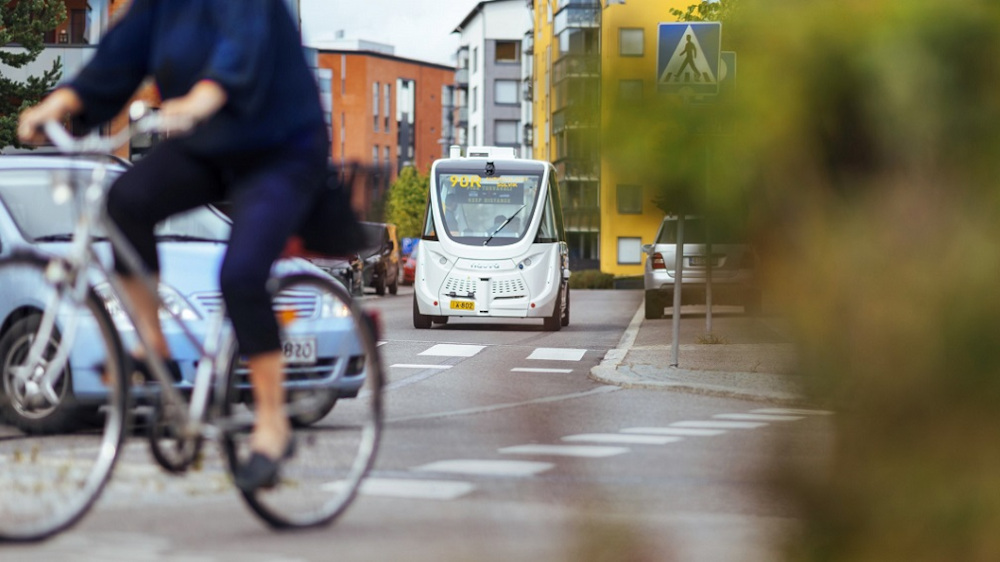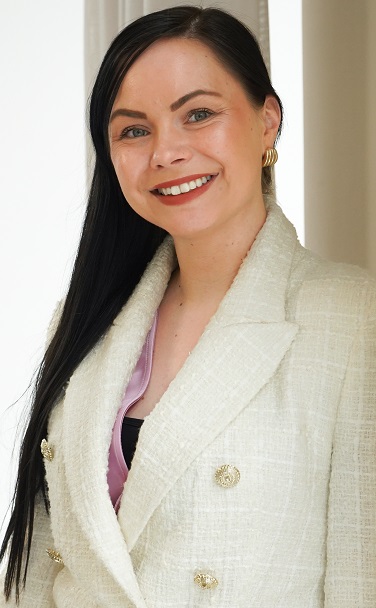
Development of satellite technology speeds up automation of transport
Automated transport needs nationwide positioning and communications solutions. All modes of transport on land, at sea and in the air and, for example, autonomous vehicles, machinery and equipment are seen as important user groups of the Low Earth Orbit (LEO) satellite networks of the future.
The Ministry of Transport and Communications is launching a project on the digital twin of the transport system common to the entire administrative branch. The project is part of the performance targets of the Ministry's entire administrative branch. To support the project, the Ministry aims to create a vision of the importance of satellite technology in automated transport of the future and the possibilities of utilising data, especially as LEO satellites become more common.
Transport systems are the most significant user of location data provided by Satellite Navigation Satellite Systems (GNSS)
Accurate location data is a key common denominator of the data needed in transport. Accurate location data are needed in transport and road planning, infrastructure construction and maintenance as well as traffic management. Route navigation is utilised by all user groups from private individuals to professional drivers and authorities.
In air transport and air navigation, GNSS systems are used to optimise the arrival queues and landing routes of air traffic, among other things. GNSS is also the only usable way to navigate and track drones. In rail transport, GNSS systems can increase rail capacity and increase efficiency and safety. The aim of the Digirail project, for example, is to improve the competitiveness and attractiveness of environmentally friendly rail transport, cost-effectiveness, reliability and safety, and to provide a new growth platform for services.
Satellite technology will also play an important role in achieving the objectives. In maritime transport, location data are used not only for the vessel's own route navigation but also for monitoring the situational picture of maritime transport and traffic control. Wider utilisation of automation and digitalisation will promote the efficiency of transport systems, reduce harmful emissions and enable more flexible mobility services.
Utilisation of future LEO satellites in different modes of transport
Low orbit LEO satellites orbit the Earth at a height of less than 2,000 kilometres. LEO satellites are already used for telecommunications purposes, but in the future they will also be used for satellite positioning. All modes of transport on land, at sea and in the air are seen as important user groups, as a lower orbit enables significantly shorter network delays.
Mobile phone coverage as an enabler of automation
The current comprehensive telecommunications network is a prerequisite for the digital needs of vehicles. The future 6G will further improve services and also bring in other features that assist automation, such as positioning. Finland has joined a multilateral declaration on the principles for the development of 6G led by the United States. The statement was published in connection with the Mobile World Congress in Barcelona on 27 February 2024. In addition, the Ministry of Transport and Communications has appointed a working group to promote 6G communications technologies. The working group consists of representatives from central government actors and stakeholders in the research and business sector. The aim of the working group is to prepare Finland's national 6G roadmap and to promote cooperation and exchange of information in the field of future generation wireless network technologies.
For decades, Finland has been one of the world's key experts in mobile technology. Today, Finland is one of the five leading countries in the development of 6G, and the aim is to remain among the world leaders in developing and utilising the mobile networks of future generations..
Press release: Finland agrees on principles guiding 6G development with partner countries
Photo: Mika Pakarinen, Keksi





